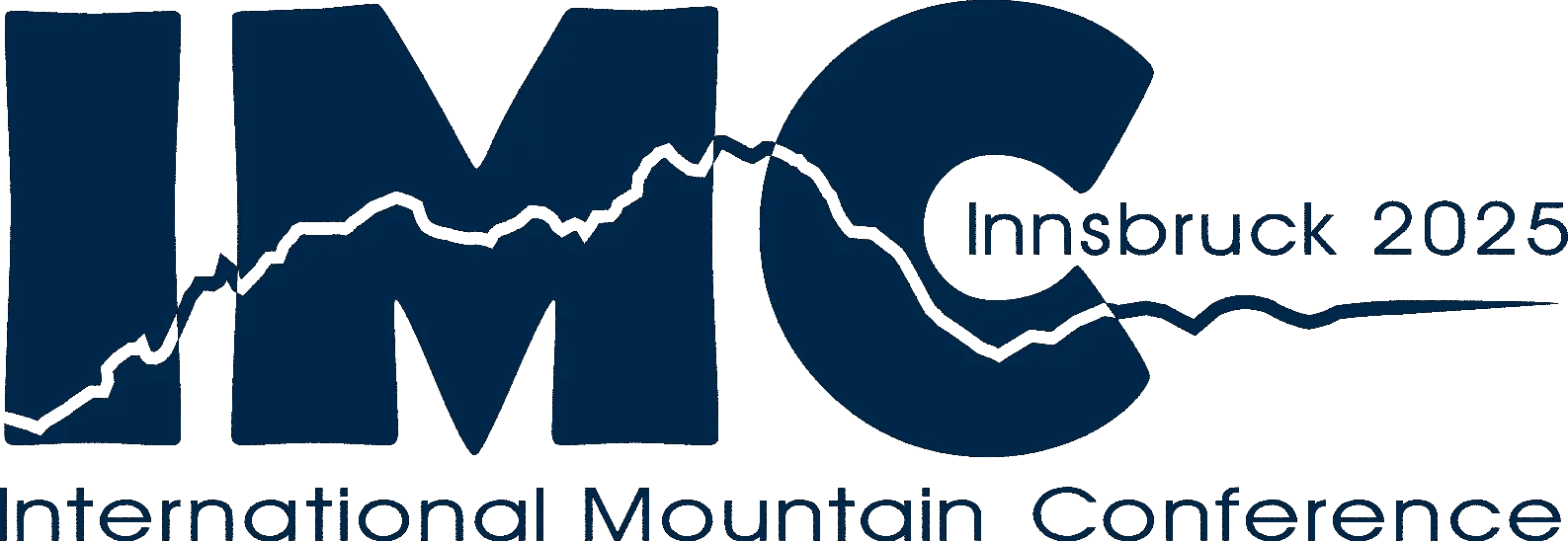Cryosphere-groundwater interaction processes in mountain regions: How to measure and model to support climate change adaptation?
Abstract ID: 3.21208 | Accepted as Poster | Poster | TBA | TBA
Odile De La Ruë Du Can (0)
Roques, Clement (1), Renard, Philippe (1)
Odile De La Ruë Du Can ()
Roques, Clement (1), Renard, Philippe (1)
(1) CHYN - University of Neuchatel, Rue Emile-Argand 11 2000 Neuchâtel Switzerland
Mountain regions are undergoing rapid transformations due to global climate
change, including significant alterations to the water cycle. These modifications
include more frequent and intense extreme events such as floods and droughts,
which disrupt water availability and quality, and threaten food production and
access to drinking water. The scarcity of observational data in these remote
regions leaves a major gap in our understanding of mountain areas and limits
our capacity to anticipate and adapt to future risks.
This study investigates the role of the cryosphere – including snow, glaciers,
rock glaciers and permafrost – in the mountain hydrological cycle, focusing on its
interactions with groundwater systems. Using a synthetic, physics-based model,
we explore the dominant physical processes driving these interactions and assess
their effects on key hydrological indicators such as water temperature, electrical
conductivity, and geochemical tracers.
Model outputs are compared with field observations to develop methods tai-
lored to data-scarce mountain regions that integrate cryosphere–groundwater
interactions into hydrogeological modeling. This approach aims to quantify
evolving cryosphere-driven processes and to develop scalable monitoring strate-
gies. The results contribute to a broader understanding of hydrological change
from catchment to regional scales, ultimately supporting more informed water
resource management in high-mountain environments.
| N/A | ||||||||
|
